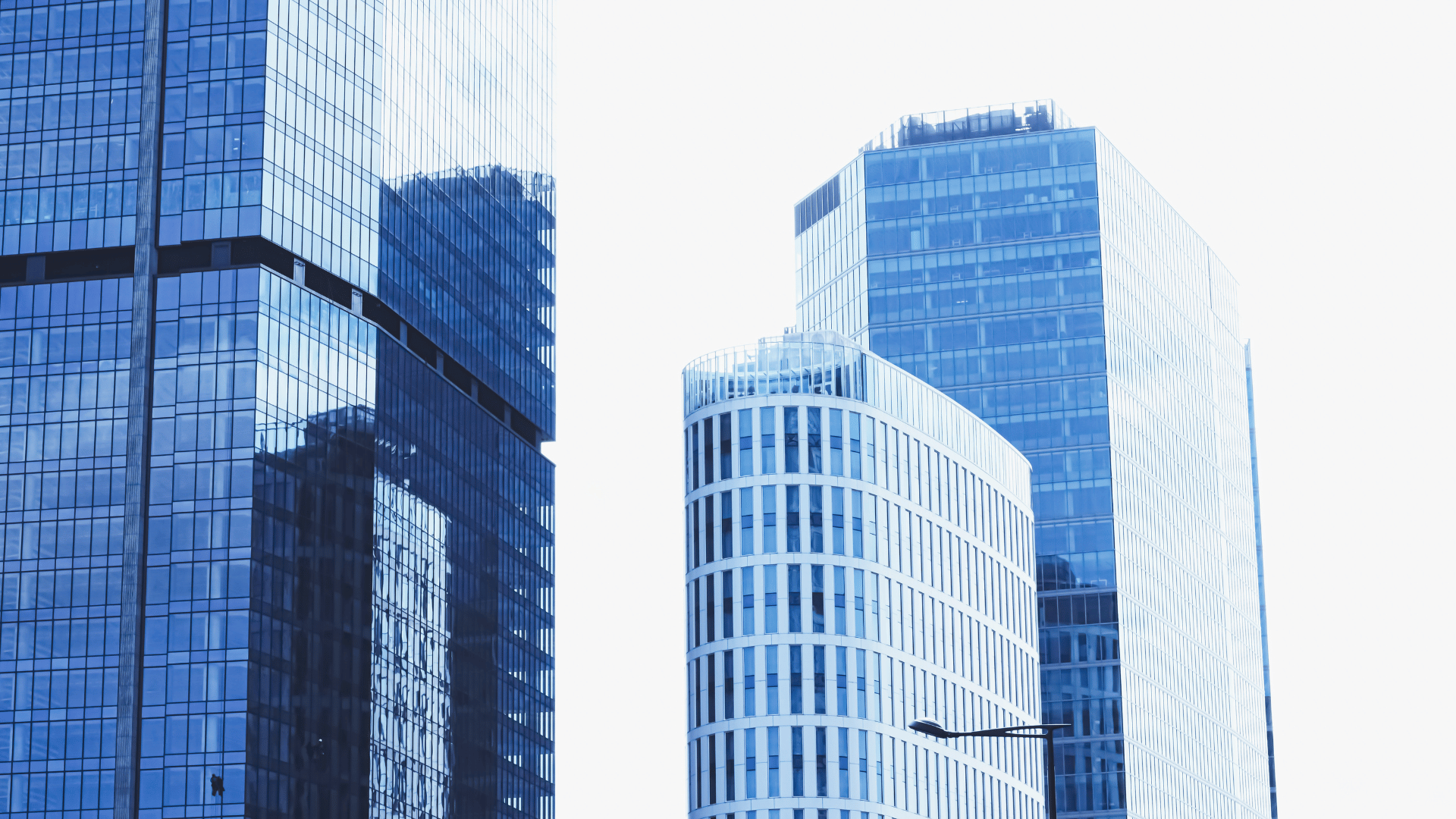The surge in popularity of mixed-use properties reflects a shift towards more dynamic and inclusive urban development. These developments seamlessly blend residential and commercial spaces, accommodating a diverse range of tenants, from retail stores to office buildings. The concept of mixed-use extends to both horizontal and vertical developments, with the ground floor often dedicated to retail stores, creating a vibrant streetscape. One of the key advantages of mixed-use properties is the complementary and integrated uses within the same building or development project. Residents and commercial tenants benefit from a deeper sense of community, as businesses are located within easy walking distance. Local governments increasingly recognize the economic growth potential and environmental benefits of mixed-use planning as these developments encourage walkable communities, reduce car traffic, and promote public transit. The growing demand for mixed-use properties stems from their ability to provide more than just spaces to live and work—they offer a functionally integrated environment that caters to a variety of needs, from grocery stores and fitness centers to public infrastructure and high-end retail, ultimately creating a more sustainable and engaging urban landscape.
Mixed-use development in the Philippines
The concept of mixed-use development has gained significant traction in the Philippines, reflecting a trend towards more versatile and comprehensive urban planning. These developments seamlessly combine residential and commercial spaces, accommodating a diverse mix of tenants, including retail stores, office spaces, and apartment complexes. The inclusion of both horizontal and vertical developments in mixed-use projects enhances the urban landscape, creating a dynamic environment. The ground floors often house retail stores, contributing to the vibrancy of urban areas and attracting more foot traffic.
One notable advantage of mixed-use properties in the Philippines is their ability to cater to the growing demand for easy access to amenities within walking distance. This includes not only businesses but also public transportation, fostering walkable communities, and reducing reliance on car traffic. The development projects often feature complementary functions, such as public infrastructure and fitness centers, contributing to a deeper sense of community. Local governments recognize the economic growth potential of mixed-use planning, promoting a balance between residential and commercial units. The incorporation of green spaces and the utilization of natural resources further enhance the appeal of these developments. With a focus on creating functionally integrated spaces, mixed-use properties in the Philippines offer a myriad of benefits, from increased economic activity and higher-quality tenants to a more sustainable and engaging urban environment. The ongoing demand for such developments underscores their relevance and positive impact on the evolving urban landscape in the country.
Residential and commercial tenants
Mixed-use developments have become increasingly popular for their ability to cater to both residential and commercial tenants within the same space. This innovative approach to urban planning integrates various uses, including office space, commercial properties, and retail stores, all coexisting on the same ground floor. The concept extends to both horizontal and vertical developments, allowing for a dynamic mix of uses within the same building or development project. One of the notable advantages of mixed-use properties is their ability to benefit both residential and commercial occupants. For residents, the availability of retail stores, community amenities, and easy access to public transportation contributes to a deeper sense of community. Simultaneously, commercial tenants enjoy the advantages of increased foot traffic and a diverse consumer base, fostering economic growth.
Local governments recognize the many benefits of mixed-use planning, from creating walkable communities and reducing car traffic to promoting a functionally integrated urban environment. The concept aligns with the growing demand for spaces where businesses and residences coexist, offering easy walking distance to various amenities, including grocery stores, fitness centers, and high-end retail. As these developments continue to grow in popularity, they exemplify a shift towards more sustainable and engaging urban landscapes. With complementary functions, pedestrian connections, and a focus on walkable communities, mixed-use properties create a harmonious blend of residential and commercial spaces, meeting the evolving needs of modern cities.
Common types of mixed-use developments
Mixed-use developments come in various forms, each designed to cater to the diverse needs of communities and urban environments. Here are some common types of mixed-use developments:
1. Residential and Retail: Combining residential units with ground-floor retail spaces, these developments create a vibrant streetscape. Residents benefit from convenient access to shops and services.
2. Office and Retail: Integrating office spaces with retail establishments, this type encourages a dynamic business environment. Employees and visitors can easily access retail services within the same development.
3. Residential and Office: These developments blend residential living with office spaces, providing a live-work environment. Residents have the convenience of working close to home.
4. Commercial and Entertainment: Mixing commercial spaces with entertainment options such as theaters, restaurants, or entertainment venues creates a lively and engaging atmosphere.
5. Residential, Office, and Retail: Incorporating a mix of residential, office, and retail spaces, these developments offer a comprehensive urban experience, promoting a 24/7 live-work-play environment.
6. Vertical Mixed-Use: This involves stacking different uses vertically within the same building, such as residential units above commercial spaces. It maximizes land use in densely populated areas.
7. Town Centers: Often found in suburban areas, town centers combine retail, residential, and sometimes office spaces, serving as a focal point for the surrounding community.
8. Mixed-Use Malls: Modern malls are evolving into mixed-use spaces, incorporating residential units, offices, and entertainment options alongside traditional retail.
9. Institutional Mixed-Use: Integrating educational or healthcare facilities with residential, retail, or office spaces creates a holistic environment that serves both the institution and the community.
10. Waterfront Mixed-Use: Common in coastal areas, these developments combine residential, commercial, and recreational spaces, capitalizing on waterfront views and access.
11. Hotel and Retail: Combining hotel accommodations with retail spaces creates a destination where visitors can stay, shop, and experience local attractions.
12. Arts and Cultural Mixed-Use: Focused on cultural amenities, these developments integrate galleries, theaters, and cultural institutions with residential or commercial spaces, fostering a creative community.
13. Transit-Oriented Developments (TODs): Located around transit hubs, these mixed-use developments aim to provide convenient access to public transportation, often incorporating residential, office, and retail spaces.
Each type of mixed-use development reflects a unique blend of uses, contributing to the creation of diverse, walkable, and vibrant urban environments that cater to the needs and preferences of modern communities.
Retail with multifamily and offices
The combination of retail, multifamily residential, and office spaces in a mixed-use development creates a dynamic environment that encourages a 24/7 live-work-play lifestyle. This type of mixed-use development integrates various components to meet the diverse needs of the community:
1. Retail Spaces: The ground floor typically features retail spaces, providing residents and office workers with convenient access to shops, restaurants, and other commercial amenities. This retail component contributes to the vibrancy and walkability of the development.
2. Multifamily Residential: Residential units, such as apartments or condominiums, are incorporated into the development, allowing individuals to live in close proximity to commercial and office spaces. This promotes a sense of community and convenience for residents.
3. Office Spaces: The inclusion of office spaces provides a work environment within the same development, reducing the need for commuting and creating a live-work synergy. This is particularly appealing for professionals seeking a convenient and integrated workspace.
Benefits of Retail with Multifamily and Office Mixed-Use Development, Residents have easy access to retail amenities for their daily needs, reducing their reliance on distant shopping centers. The mix of residential, retail, and office spaces fosters a sense of community, encouraging social interaction among residents and workers. Having office spaces within the development reduces commuting time for professionals, contributing to a more sustainable and time-efficient lifestyle. The combination of retail, residential, and office spaces creates a vibrant and bustling atmosphere, attracting a diverse range of people. The integrated design encourages walkability, promoting a healthier and more environmentally friendly mode of transportation within the development. The diverse mix of uses contributes to economic growth, attracting businesses, residents, and visitors to the area. A mixed-use development that combines retail, multifamily residential, and office spaces represents a modern and holistic approach to urban planning, catering to the needs and preferences of a diverse and dynamic community.
Horizontal vs. Vertical Mixed-Use Development
In the realm of urban development, mixed-use projects have become synonymous with innovation and versatility. These initiatives seamlessly blend commercial space with residential areas, as exemplified by mixed-use zoning regulations that encourage the creation of diverse and dynamic environments. The architectural landscape is evolving with the rise of mixed-use buildings, which combine residential and commercial functionalities within a single structure, thereby maximizing the utilization of space. The benefits of such developments are manifold, as mixed-use properties enhance the urban fabric, providing a harmonious mix of residential spaces and commercial opportunities. Single-use buildings are giving way to more integrated structures, including mixed-use hotels and real estate projects that cater to a multifaceted lifestyle. Horizontal mixed-use developments, spanning various property types from industrial spaces to the upper floors of apartment complexes, contribute to the creation of vibrant and functional communities. National associations are recognizing the value of these initiatives and promoting a holistic approach to urban planning. Whether it's a single development project or an entire building, the real estate landscape is being reshaped to accommodate the growing demand for integrated spaces that offer a blend of convenience, accessibility, and diverse functionalities.
What's the difference between a mixed-use property and a mixed-commercial property?
1. Mixed-Use Property:
A mixed-use property refers to a development that incorporates two or more different uses within the same building or complex. These uses typically include a combination of residential, commercial, and sometimes industrial spaces. For example, a mixed-use property might have retail or office spaces on the ground floor and residential units on the upper floors.
2. Mixed-Commercial Property:
A mixed-commercial property specifically emphasizes the inclusion of various commercial uses within the same property. This type of property typically focuses on combining different commercial elements, such as retail stores, offices, and possibly entertainment or hospitality spaces. It may not necessarily include residential components, distinguishing it from a broader mixed-use property that can encompass both residential and commercial uses.
All mixed-commercial properties are forms of mixed-use properties; not all mixed-use properties are necessarily mixed-commercial. Mixed-use properties can include a broader range of uses, encompassing residential, commercial, and potentially industrial functions, whereas mixed-commercial properties specifically emphasize various commercial activities within the development.










